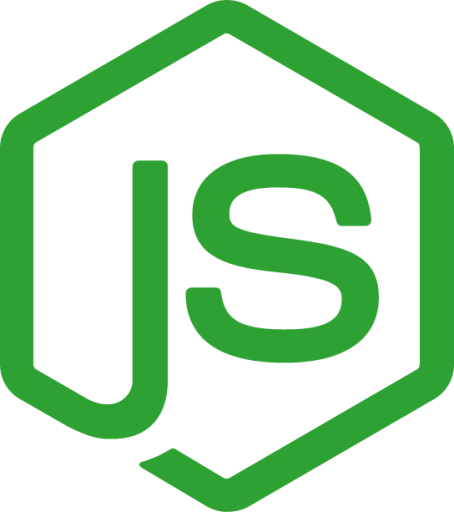AI-Powered OCR Software Scales Gas Station Operations with 20K+ Transactions
We built a custom gas station inventory management, real time sales tracking and reporting SaaS solution powered by an AI-based OCR solution that automated invoice processing across multiple locations, eliminating manual data entry and bringing real-time control to sales, purchases, and stock tracking.
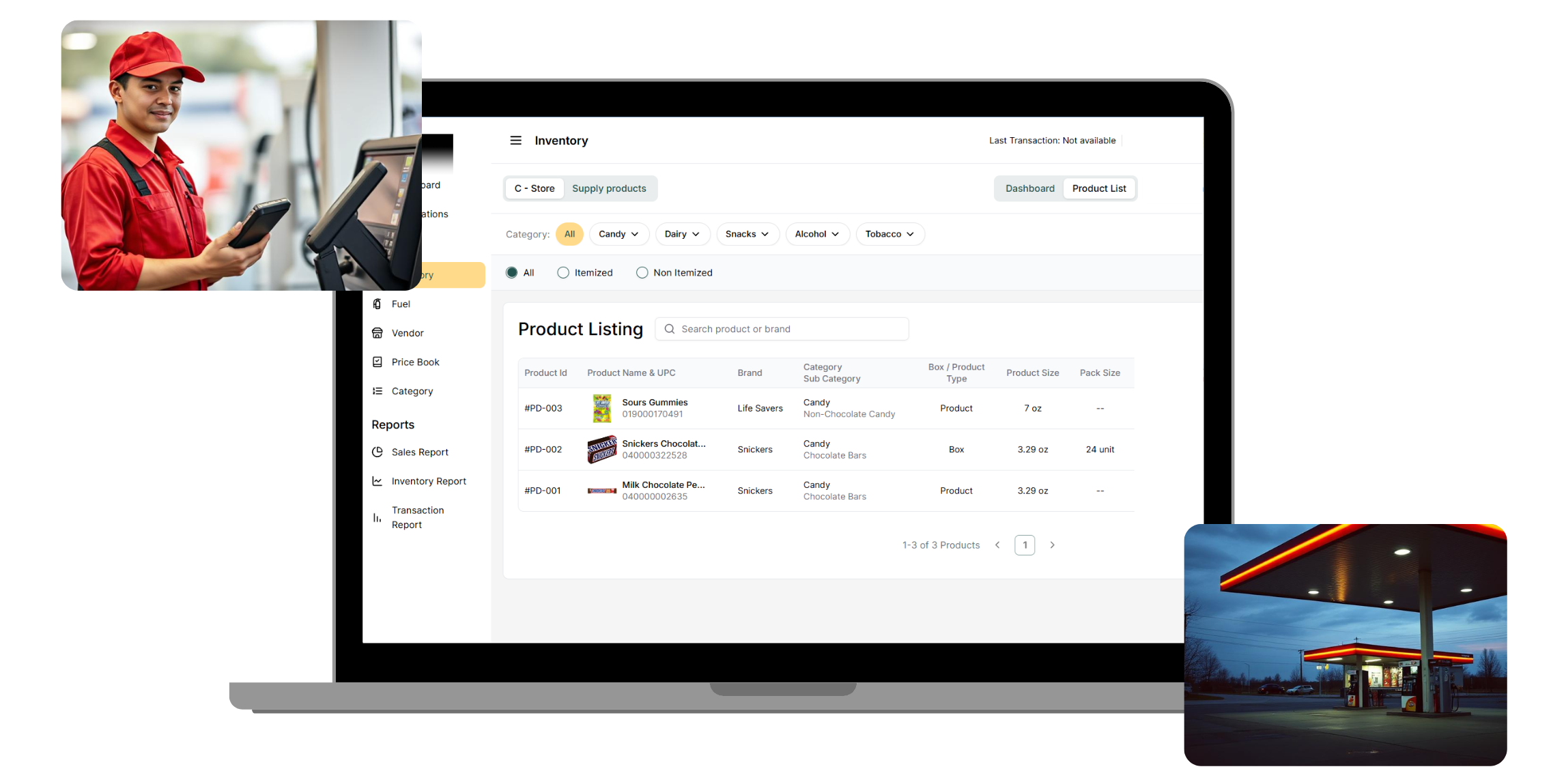
About Client and Key Challenges
The client is a regional operator managing over 40 gas stations across multiple U.S. cities. While each location used the Gilbarco Passport POS system, their broader operations lacked a unified platform to connect inventory, sales, and vendor workflows.
Day-to-day tasks like inventory tracking were handled manually using spreadsheets, email threads, and phone calls.
Fuel inventory management, convenience store items, and supplies were managed separately at each station, leading to frequent stockouts, wastage, and blind spots in purchasing.
Sales and purchase data were locked inside the POS with no easy way to generate insights. Consolidating reports across stations meant chasing down files and juggling formats, wasting time and adding friction.
For non-technical staff, even simple updates became difficult. The tools in place weren’t built for usability, and support teams were regularly pulled in for basic tasks like inventory edits or price changes.
Without a centralized gas station management software, the client struggled with disconnected systems, slow decision-making, and an overall lack of visibility, especially across their growing network of stations.
Partnership Goal
The client approached us with a clear objective to build a gas station management SaaS solution that integrates with their existing Gilbarco Passport POS while solving long-standing operational challenges. This SaaS solution not only should solve the founder’s problems but can also allow founders to extend it to other gas stations.
They wanted to keep their POS setup intact but needed a way to extend its capabilities. The new system had to bring together inventory tracking, purchase syncing, and multi-location visibility into one seamless workflow.
Ease of use was a top priority: The platform had to work for non-technical station staff, without requiring lengthy training or daily support. At the same time, it needed to handle advanced tasks like centralized price updates, vendor tracking, and real-time reporting.
Reduce manual work: The client also wanted an AI-powered OCR solution to simplify invoice processing by automatically extracting product and vendor data from scanned documents.
Scalability was another key need: The client wanted to easily add more gas stations, support multiple POS terminals per location, and ensure all systems stayed in sync without manual intervention.
In short, they were looking for a gas station inventory management software that could eliminate spreadsheets, simplify workflows, and offer full operational visibility, secure, reliable, and always accessible in the background.
Before
- Inventory was tracked manually using spreadsheets, emails, and paper slips across all gas stations
- Sales and purchase data from the POS could not be linked to actual stock movement
- Each gas station operated independently, with no shared visibility or centralized control
- Frequent stockouts or overstocking due to lack of real-time inventory updates
- Vendor and purchase records were scattered or missed, often leading to duplication
- Invoice data had to be entered manually, slowing down purchase logging and increasing errors
- Price changes had to be updated one by one at each POS, causing inconsistencies across stations
- Non-technical staff found it hard to manage inventory and sales data across multiple disconnected tools
- Business leaders lacked a single source of truth to track performance, monitor trends, or make timely decisions
- There was no automation layer in place to assist with invoice processing, product classification, or vendor creation.
- The existing 3rd party SaaS platforms were clunky, expensive and had legacy user experience
After
- Inventory tracking is now centralized across fuel, C-store, and supply items, with real-time updates
- Sales and purchases sync automatically from each POS, linked directly to inventory and vendor records
- Owners and admins can view performance across all gas stations from a single dashboard
- AI-powered OCR simplifies invoice scanning by extracting product and vendor details, auto-filling forms for fast, accurate reviews
- Admins can connect Bluetooth scanners to quickly add or update products, making inventory entry faster and more accurate.
- Product categorization is assisted by AI suggestions, reducing setup time and manual errors
- Price changes can be made once and pushed to all connected stations instantly
- Non-technical staff use a clean, guided interface with minimal training required
- Alerts for low stock, expiry, or sync failures help teams respond quickly
- The platform acts as a reliable gas station inventory management software, replacing manual tools and improving decision-making
- Desktop sync utility ensures continuous data flow between the PoS and centralized platform, even with unstable internet or device restarts
Gas stations connected to the platform during the beta phase
Stations monitored live with successful sync during rollout
Transactions processed in a single day during real-world testing
Gas stations connected to the platform during the beta phase
Stations monitored live with successful sync during rollout
Team formation

We started with a structured 6-week discovery phase to deeply understand how the Gilbarco POS system worked in real-world conditions.
This phase included User Research, Technical feasibility studies, Low-fidelity wireframes and Multiple proof-of-concept builds.
We explored how data was stored, how invoices flowed through the system, and what the day-to-day looked like for both owners and station admins.
This helped us identify real user pain points and define the core features needed for a scalable, user-friendly gas station management platform.
As part of the technical design, we also planned for a master POS structure. allowing multiple sub-terminals at each location to feed into a centralized sync process. This was critical for accurate tracking in high-volume stations with multiple POS units.
Once the direction was clear, we moved into development with a lean, cross-functional team that included
Project Manager
2 Frontend engineers building the admin and station-facing interfaces
A Backend engineer handling APIs, integrations, and data flows
An AI engineer developing the AI-based OCR solution
Developer for the cloud sync desktop application, and
QA engineers for end-to-end testing and validation
Each team member focused on a specific part of the solution, from building the cloud sync utility to designing a clean interface that even non-technical users could navigate easily.
We followed a sprint-based approach with daily DSMs to stay aligned and unblock issues quickly.
We used Asana to manage tasks and timelines, and Slack for fast communication with both internal teams and the client.
Weekly check-ins and live demos ensured the product matched real operational workflows at every stage.

Technology Stack We Used to Build Gas Station Management Software
Our Partnership
Our collaboration with this multi-location gas station operator began with a shared vision to modernize operations without replacing their existing POS systems. The client wanted a unified platform to connect sales, inventory, and vendor management, while automating invoice processing through an AI-based OCR solution.
We studied how data was stored, how invoices moved through the system, and what daily operations looked like for both owners and station admins. This helped us identify real pain points and define the core features for a scalable, user-friendly platform.
As part of the design, we planned for a master POS setup where multiple sub-terminals could sync into one central record. This was critical for accurate tracking in high-volume stations.
Before development, we validated key ideas through quick prototypes for AI-powered invoice scanning and the cloud sync utility. This reduced risks and confirmed the approach would work in real-world conditions.
The web app was built with React, TypeScript, and Tailwind CSS for a fast and scalable interface. The backend uses Vercel’s AI SDK with Google’s Gemini model for smart features like product name suggestions and invoice data extraction, while AWS Lambda powers serverless backend processes.
This mix of a secure desktop app, modern web frontend, and AI-enabled backend delivered a robust, maintainable, and feature-rich solution tailored to the client’s needs.
This partnership went beyond software delivery; it was about building a reliable, scalable platform that could grow with the client’s expanding network.
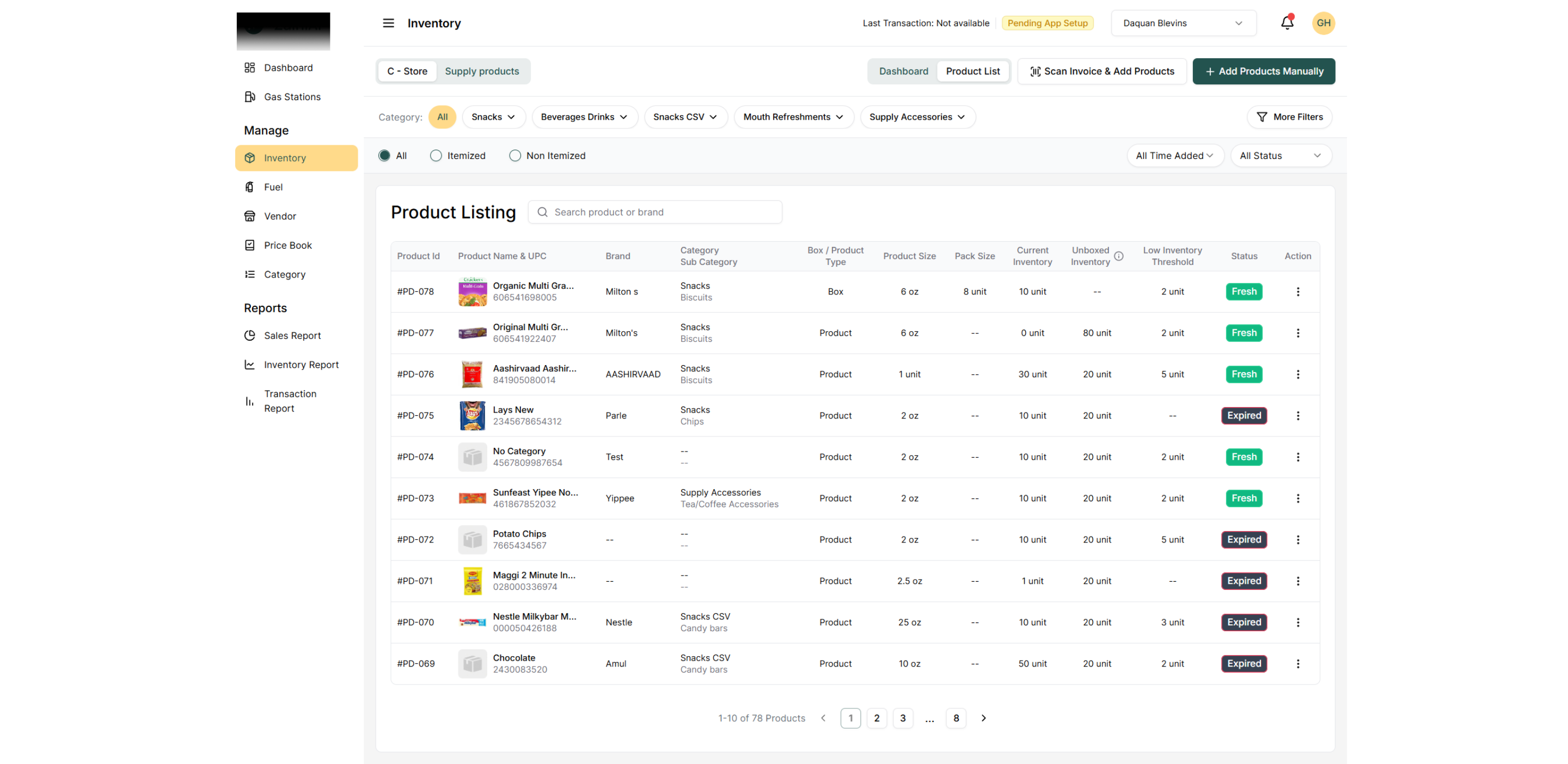
Inventory Management
Admins can manage fuel inventory, convenience store, and supply inventory from a single dashboard.
Products can be added using a scanner, an invoice scan, or a simple form. The system tracks expiry dates, shelf life, and stock levels. It flags low or near-expiry items so stations can take action early.
AI suggestions help auto-fill product details using UPC codes or keywords. Duplicate items are grouped under one entry based on UPC. Misgrouped products are automatically separated using smarter logic to keep inventory clean and reliable.

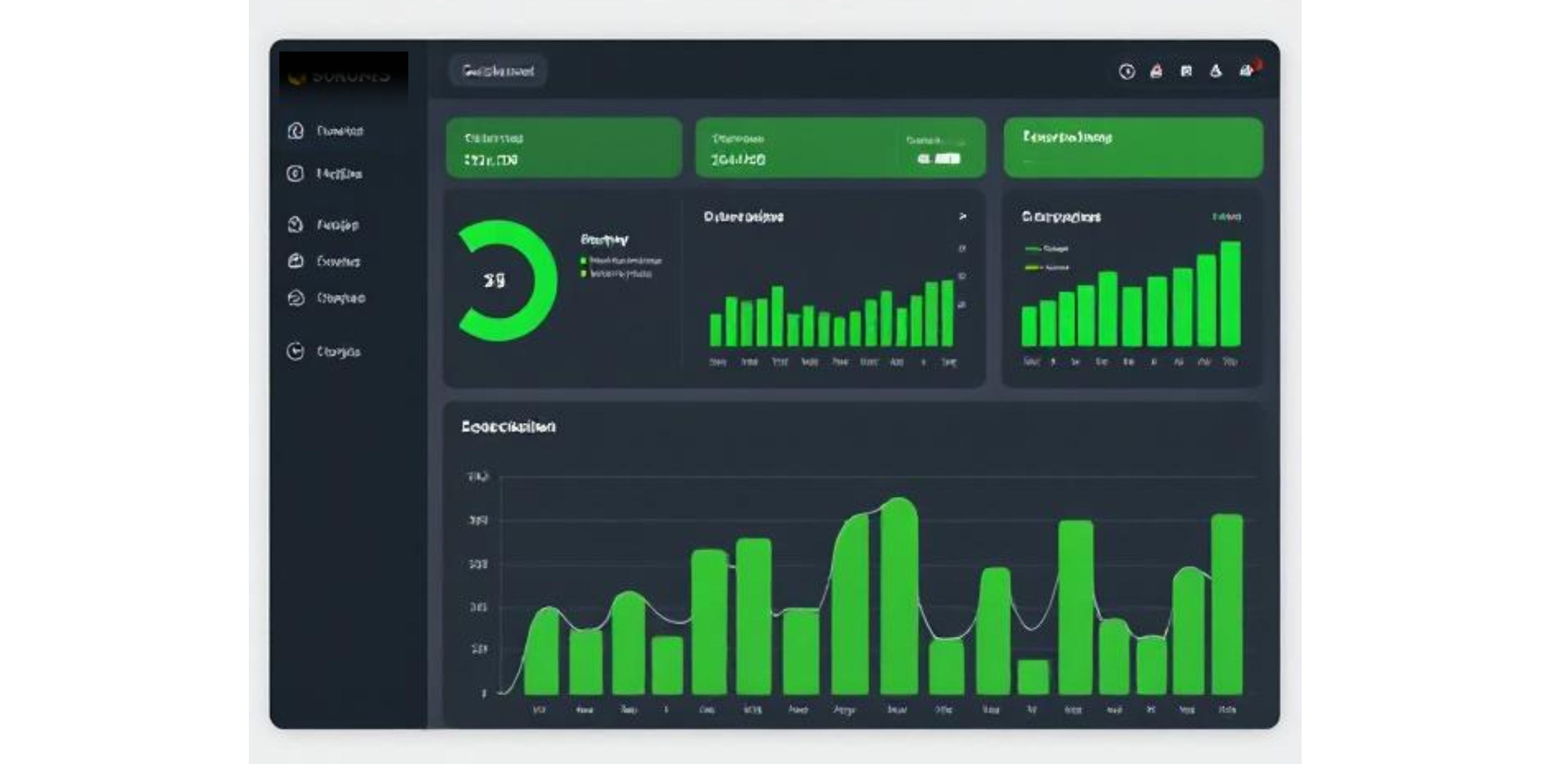
Sales Dashboard
Owners and station managers get a real-time overview of each location's performance.
Sales, profits, top-selling items, and low stock alerts are all visible at a glance.
Filters help drill down by vendor, station, category, or product type for clearer analysis.

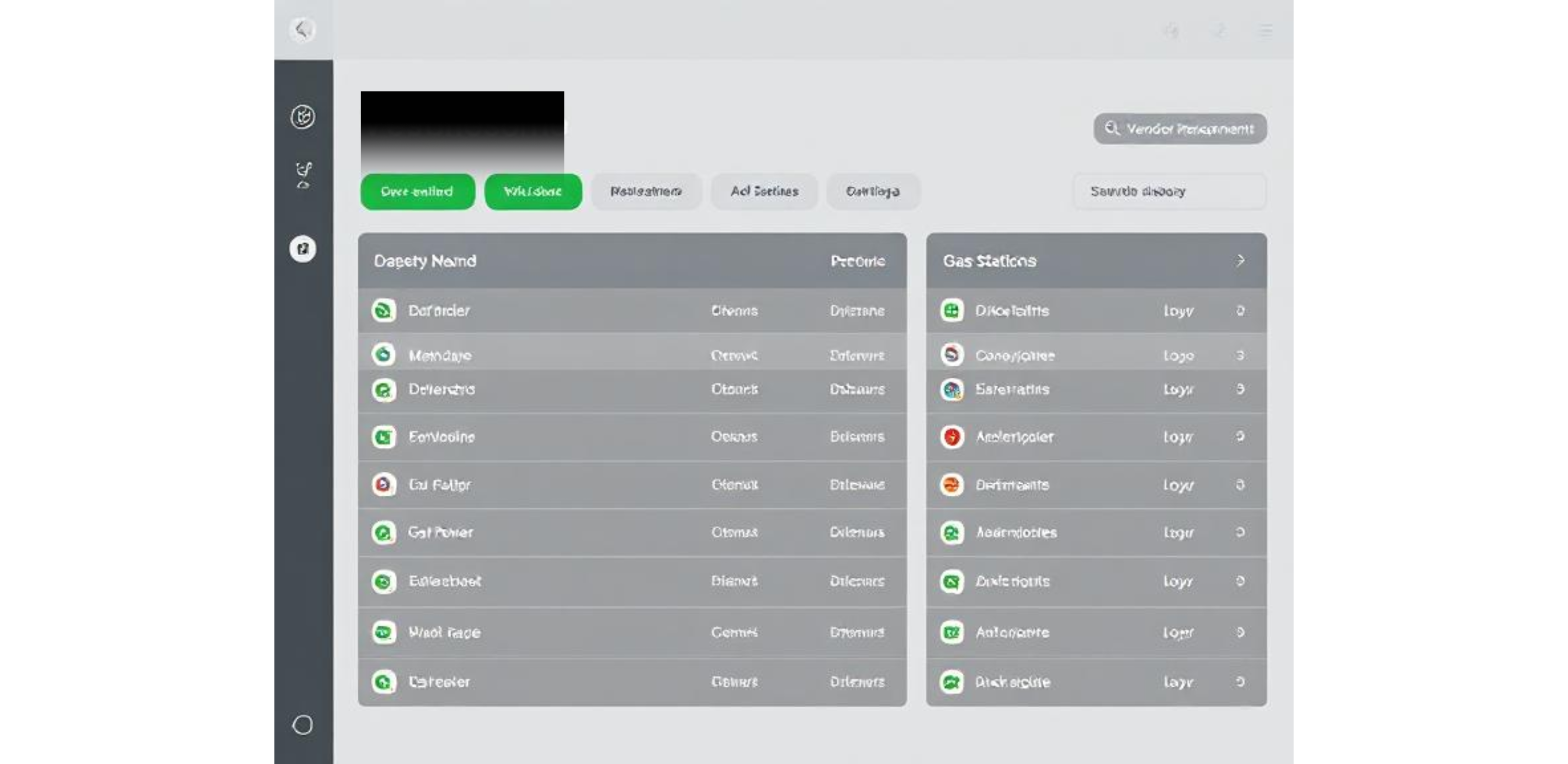
Vendor Management
All purchases are logged and tied to vendors automatically. Users can scan invoices or enter details manually.
If the system detects a new vendor on an invoice, it uses AI to suggest a new vendor profile, ready for quick review and approval.

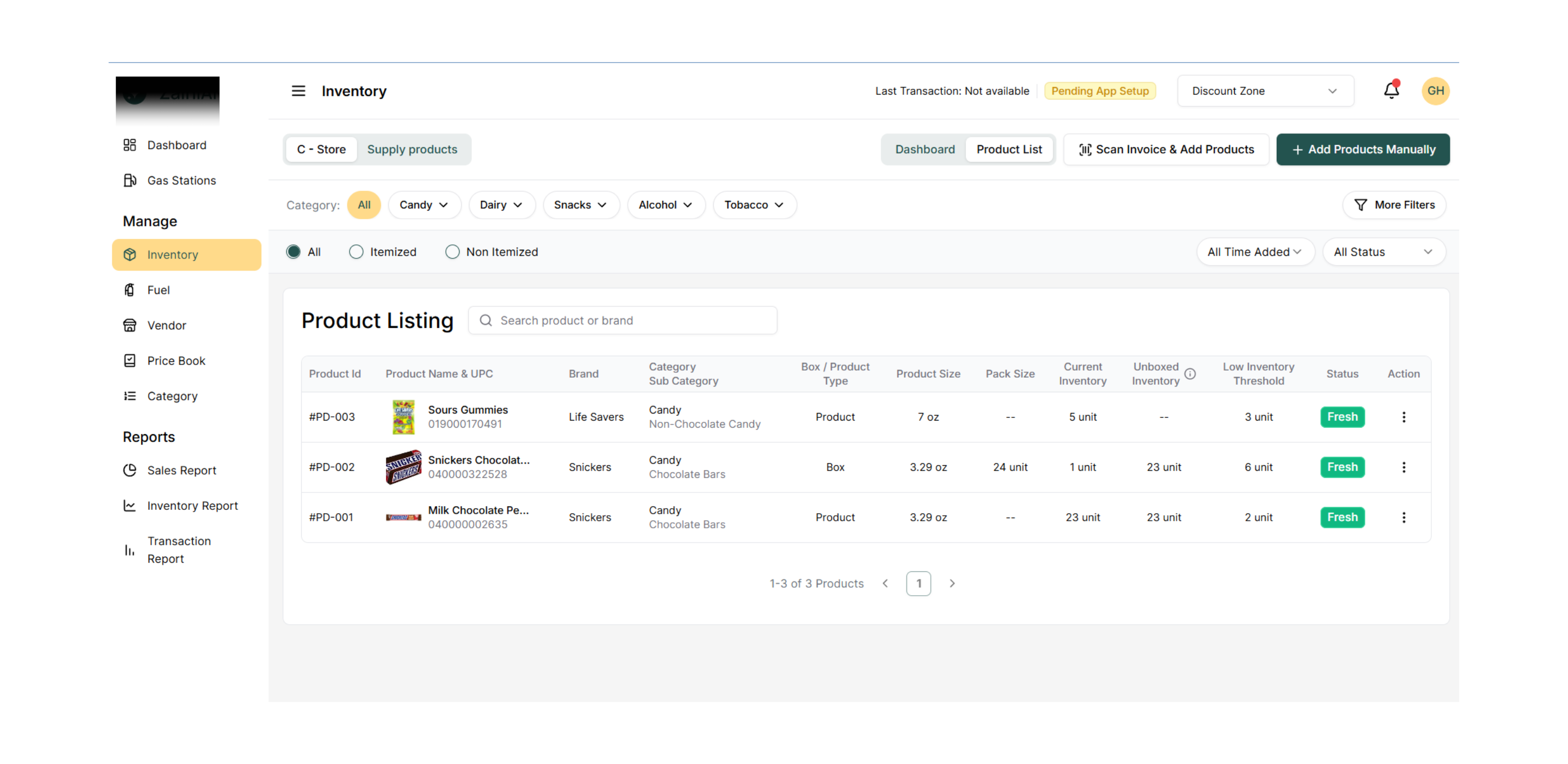
Price Management
Price changes are now handled in one place. Owners can adjust prices and instantly push updates across all connected stations.
The platform keeps a full price history and offers retail price suggestions based on barcode data and past entries.

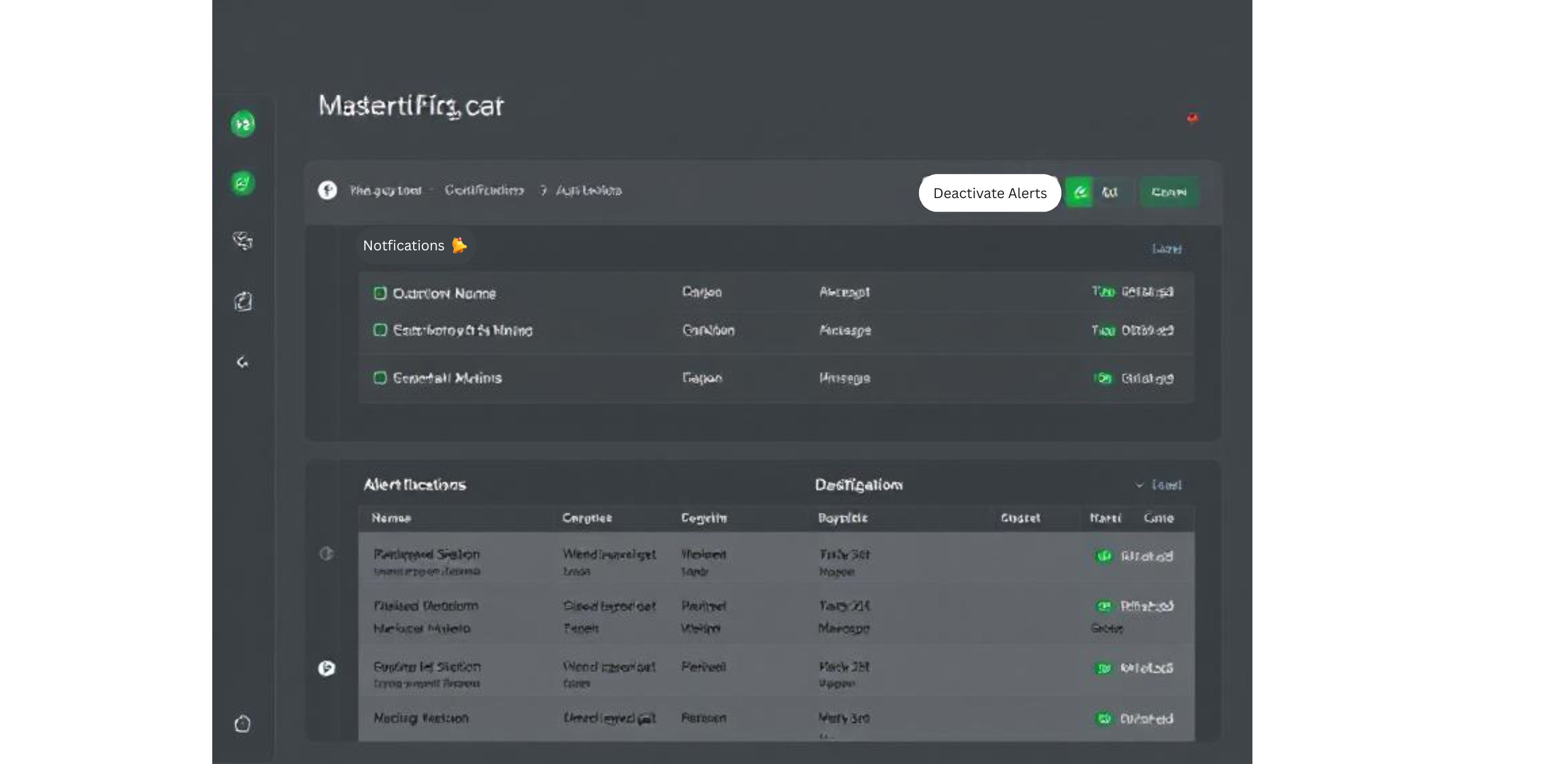
Notifications & Alerts
The system continuously monitors for issues like low inventory, expired items, or sync failures.
Alerts are sent in-app and via email so teams can act fast, preventing lost sales or operational delays.

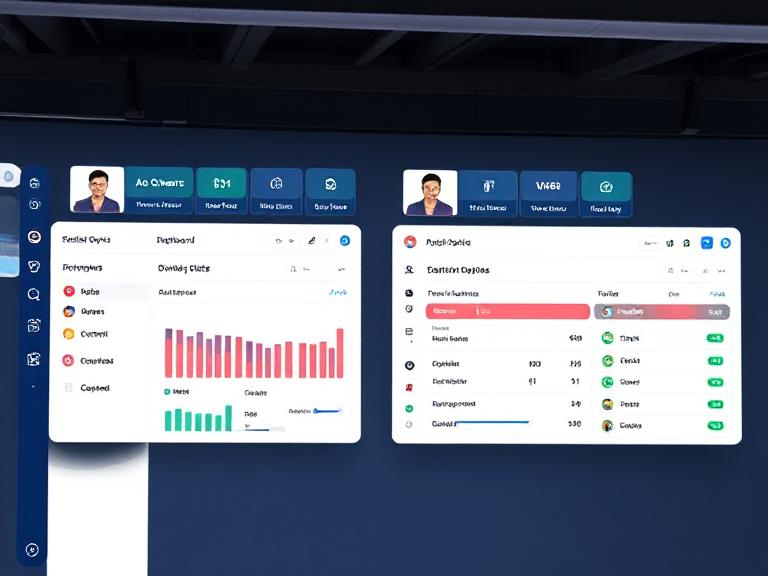
Role-Based Access
The platform supports different access levels. Owners can manage everything across all stations, while station admins only see and control what’s assigned to them.
This helped the management keep operations clean, focused, and secure.

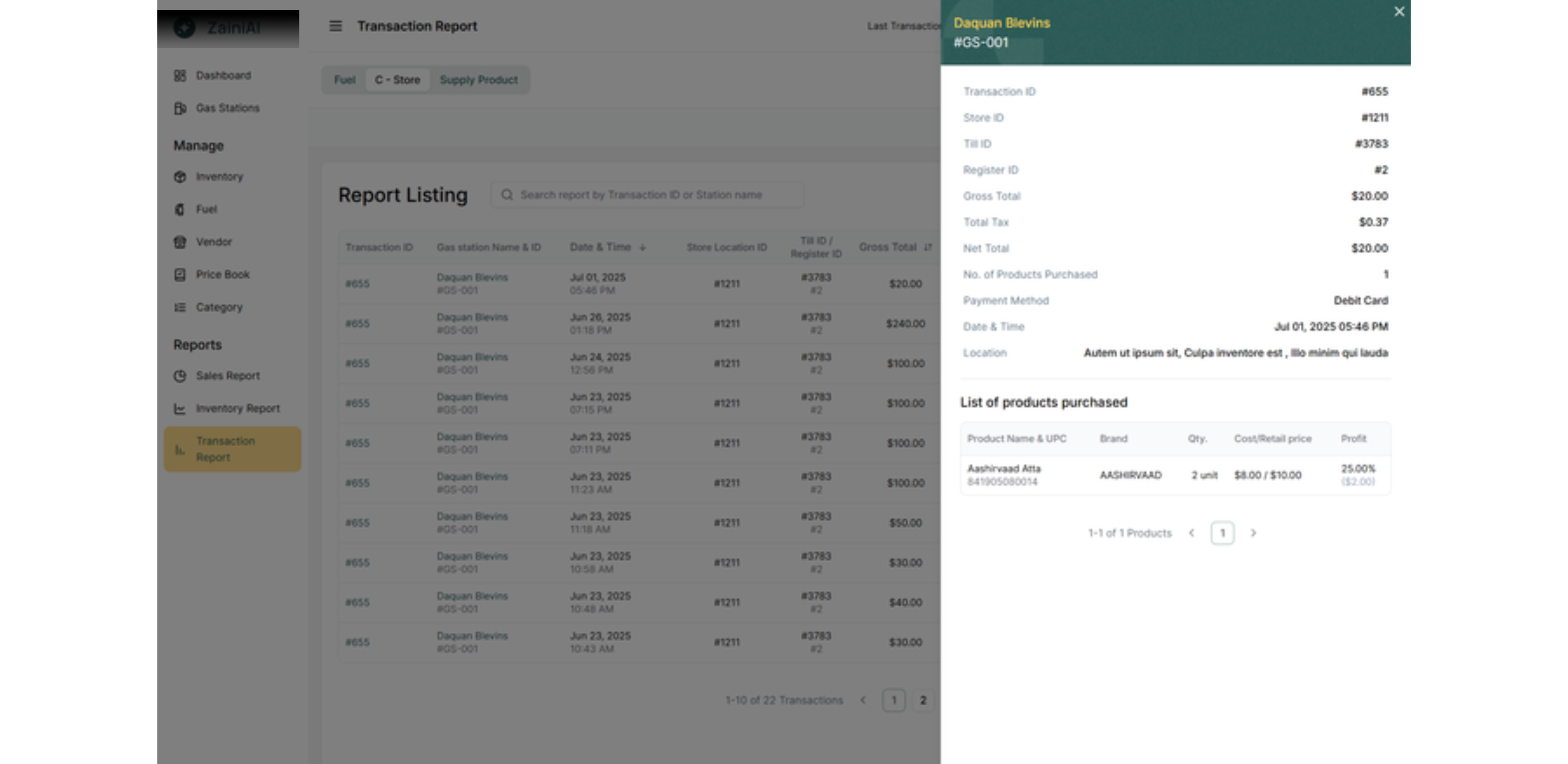
Reports & Exports
Clean, visual reports are available for inventory, sales, and vendor activity.
Users can export reports in PDF or CSV format for audits, planning, or accounting use.

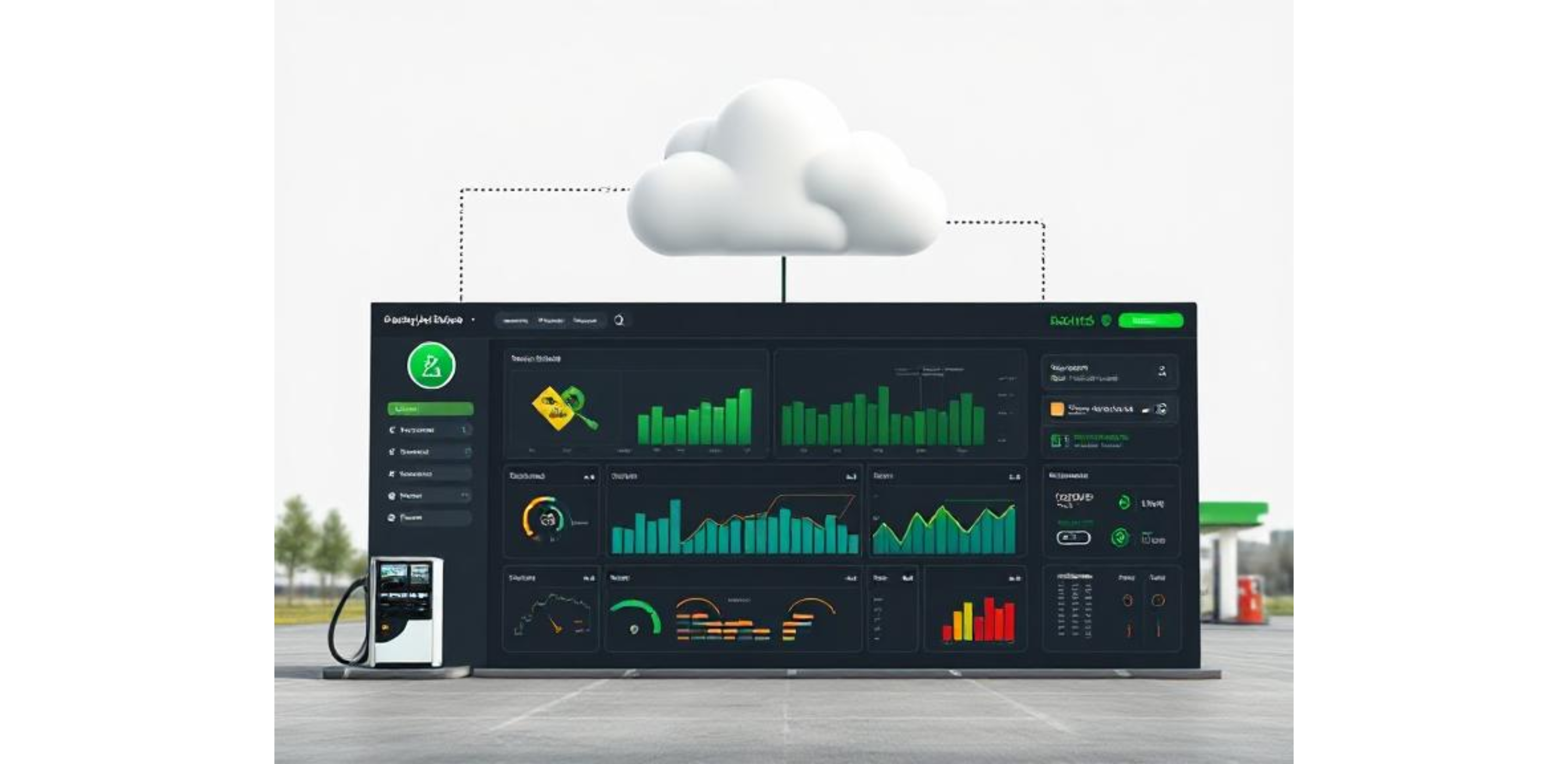
Cloud Sync Utility
Built using Tauri and Rust, the lightweight desktop app runs silently on each station’s back-office computer.
It syncs sales and purchase data from the POS to the cloud every 10 minutes.
If the network goes offline, it stores the data locally and syncs it once back online.
Memory usage is under 10 MB, far more efficient than traditional Electron-based apps.

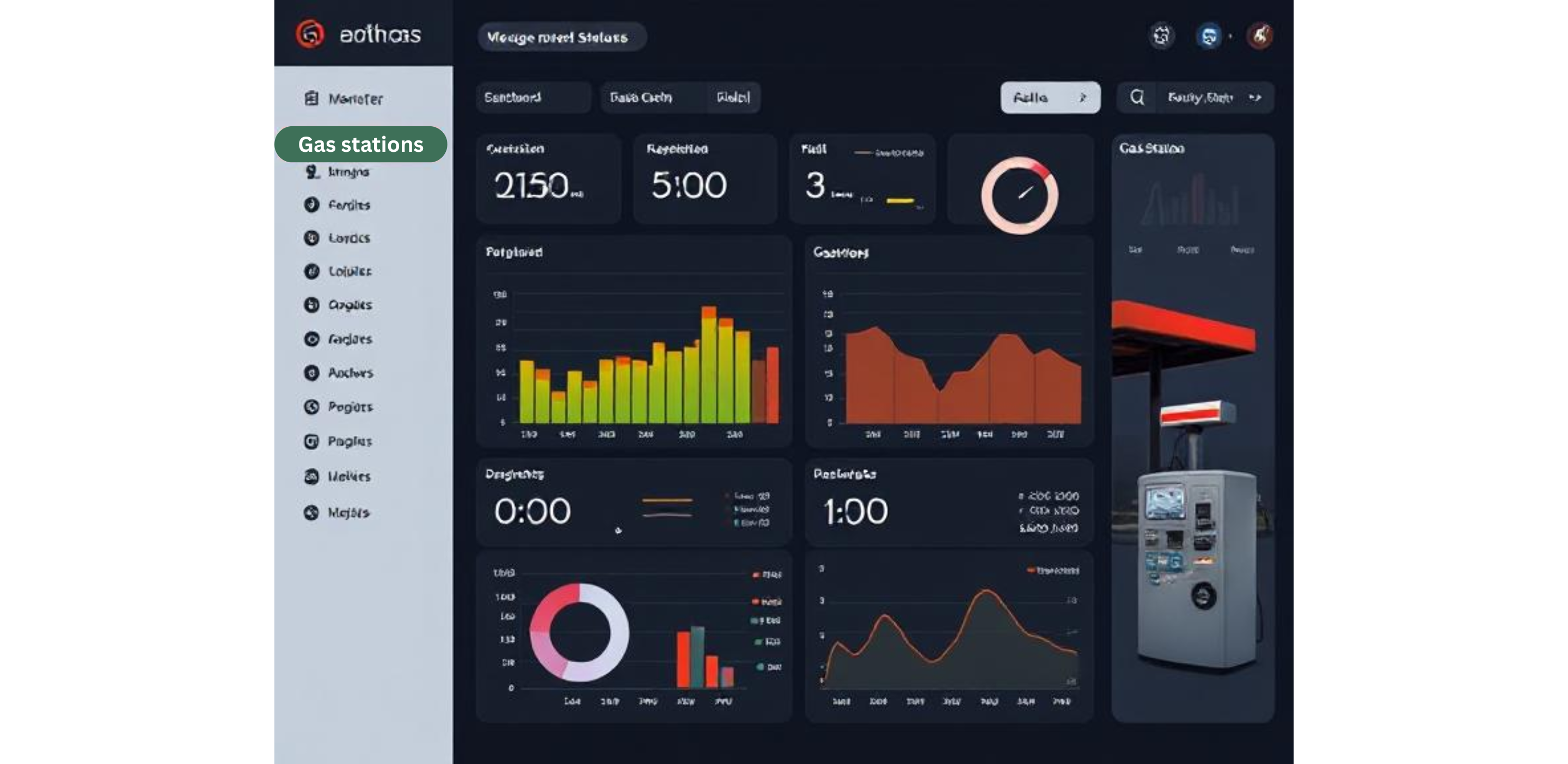
Super Admin Panel
The support team can monitor live data flow, check connection status, and view logs from across stations.
They can log in as any user when needed to troubleshoot without delay.

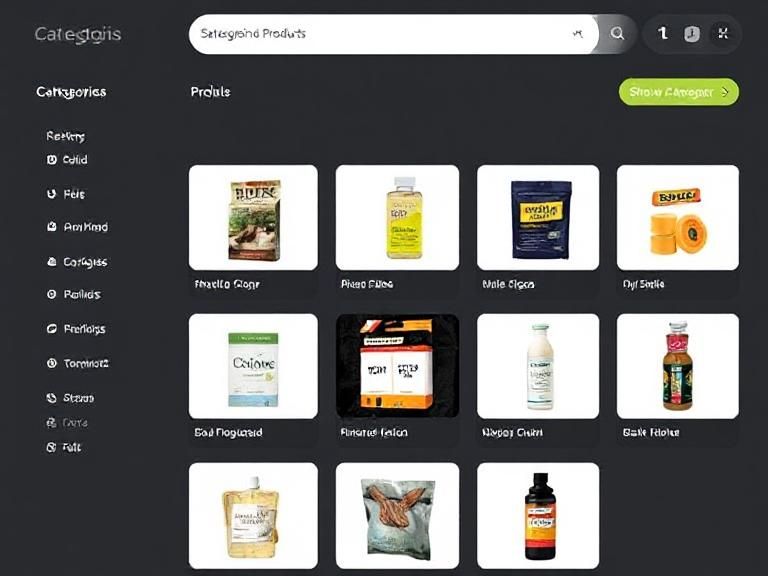
Product Categorization
AI automatically suggests categories and subcategories based on product name, invoice details, and barcode data.
Admins can use the system defaults or create custom ones. All AI suggestions are reviewed and confirmed by users before saving.

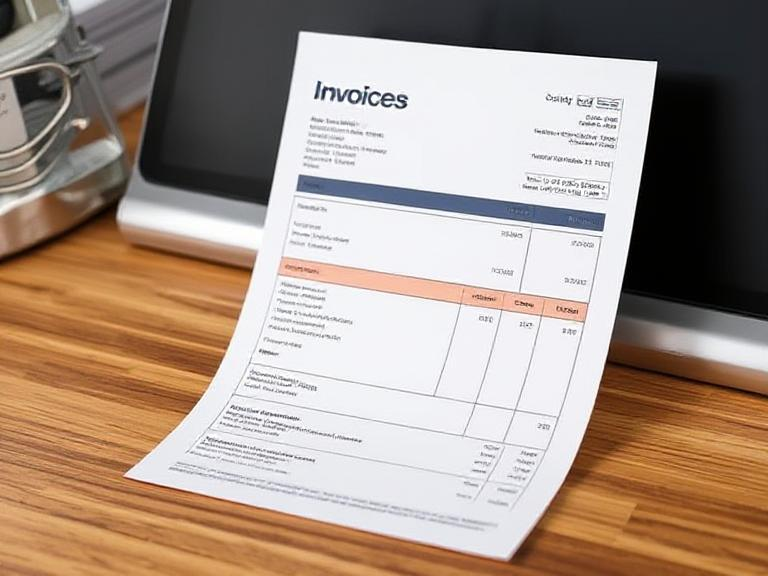
Invoice Scanner
Instead of entering purchase data line by line, admins can scan vendor invoices. The AI-based OCR solution extracts product names, prices, quantities, and vendor info.
These are shown as suggestions, so staff can quickly review and save; no need to retype anything.

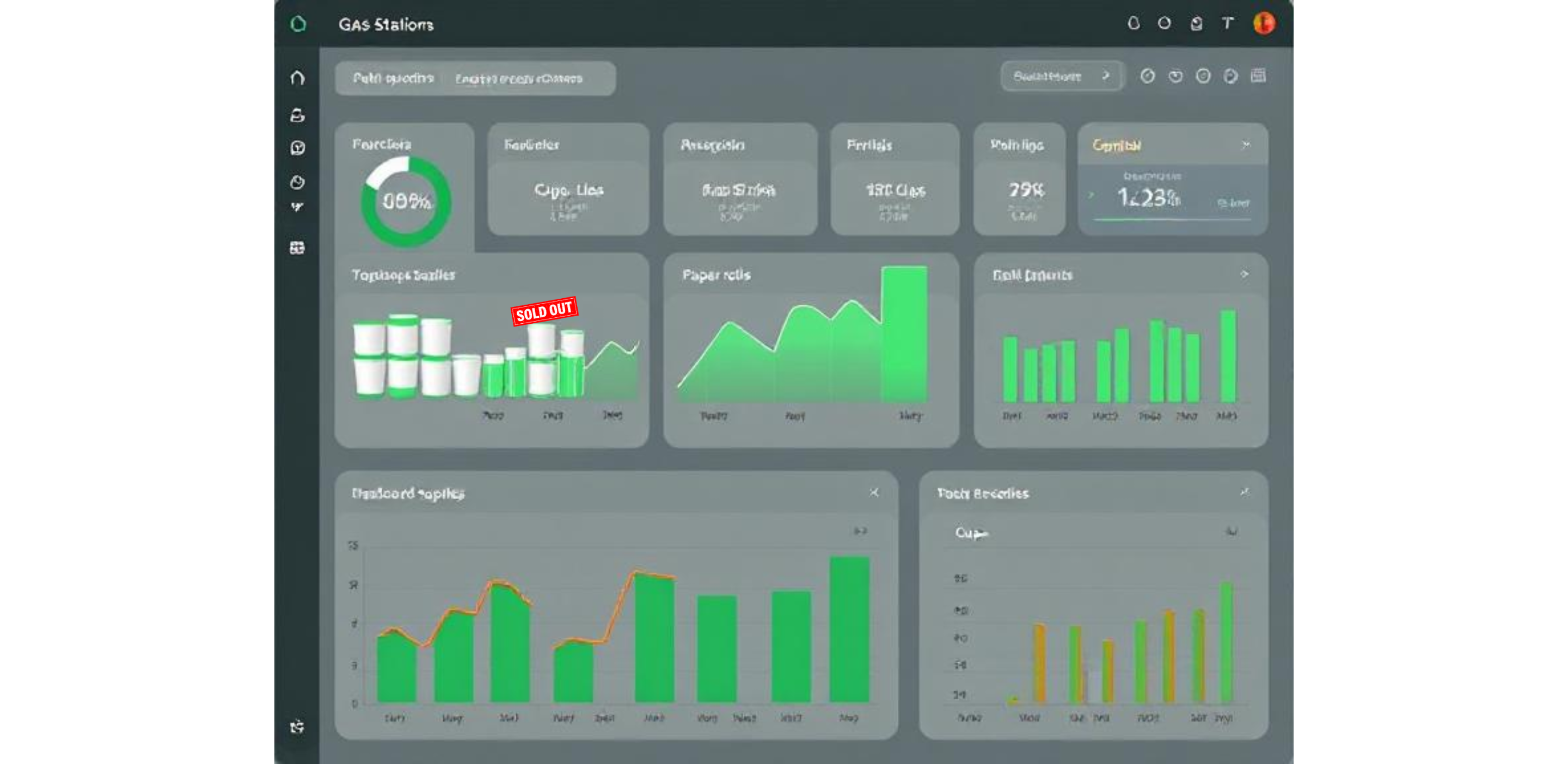
Supply Tracking
Often-overlooked supplies like cups, lids, and paper rolls are now tracked in the system. These items can be linked to specific products or services.
When a related product is sold, the system automatically deducts associated supply items from stock.

What Happened Next - Results
Soon after launch, the client experienced a major shift in daily operations. Inventory updates that once took hours were now completed in minutes, with fewer errors and no reliance on spreadsheets.
Purchases, sales, and stock levels synced automatically across all locations, powered by a cloud-connected utility built using Rust and Tauri.
The system handled multiple POS terminals per station, syncing sub-POS data into a unified master record for accurate tracking. Price changes could be rolled out across all connected POS systems from a single dashboard.
The AI-based OCR solution speeds up invoice handling, staff can scan invoices, review AI-suggested vendor and product details, and auto-categorize items to reduce setup time and errors.
The gas station inventory management software was simple enough for non-technical staff, with a clean UI and guided workflows that cut training time and support needs.
The platform enabled smarter decisions with features like sales trend charts, low-stock alerts, and dead stock reports.
During testing, it processed over 20,000 transactions in a single day, with over 40 gas stations onboarded and around 10 active at any given time, each monitored in real time via the central dashboard.


